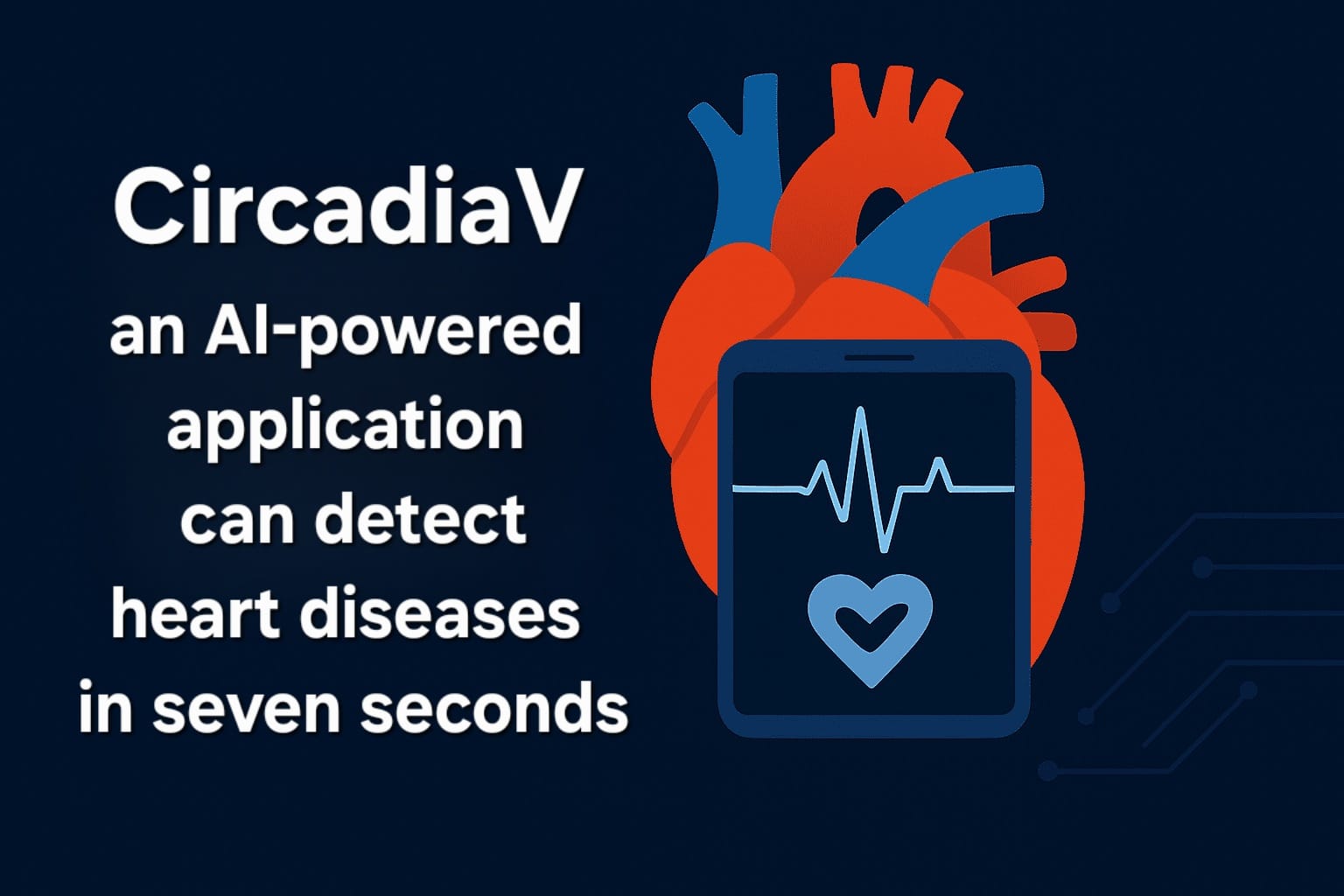Tuberculosis remains an important public health problem in India. According to the WHO Study, every day over 4000 people lose their lives to TB, and close to 30,000 people call this preventable and curable disease. Awareness about this disease, it's diagnosis and treatment among public will help in controlling the killer disease. At Medicircle we present to you the world TB Awareness Day series, where we are featuring eminent clinical pulmonologist, immunologists, and chest physicians treating Tuberculosis through which we aim to create awareness and educate the public about the impacts of TB.
Dr. Shobitha Rao is an Associate Professor in the Department of Respiratory Medicine, Shrinivas Institute of Medical Sciences and Research Institute, Mangalore. She has also around 10 years of experience in the field of Pulmonology. Her areas of interest include Allergy, Asthma, Tuberculosis, COPD, Sleep Medicine and Critical care.
We Are on The Right Path
Dr. Shobitha says, “In 2019, we have contributed 24 lakh cases to the world TB, and the deaths of TB in India was 79,144. And this is still less than what it was in 2018. Important marker that is success rate which means how much percentage of people actually completed treatment was quite impressive. In 2019 it was 81%, while in 2018 it was quite low 69%. From 2018 to 2019, we had significant improvement and statistics, the cases have come down, the deaths have come down, success rate was better. Towards eliminating TB, we are in the right path. In terms of TB, Government has allocated impressive funds. Health care workers are trained and equipped. They know how to administer medicines. Medicines are in good supply. The counselling of patients and their follow up is done regularly. I guess we are on the right path of achieving the goal of eliminating TB,” assures Dr. Shobitha.
TB and LTBI
Dr. Shobitha tells, “TB is an infection that is caused by the bacteria Mycobacterium tuberculosis. When the person having TB cough or sneezes, the particle droplets releases into the air. When somebody inhales these bacteria contained air, they get this infection and that's how it spreads by cough droplets from an infected person to a non-infected person.
If an individual has a good immune system, it can fight the disease. The body fights with the disease in such a way that it contains the infection that is bacteria is at the center and your immune cells are all around protecting and preventing the bacteria from spreading outside to the rest of the lungs and blood system. This is called Latent TB Infection (LTBI). 30% of these people can develop an active TB in the future when their immune system fails. Weakening of immune system can be because of 1. Malnutrition – a person is not taking good nutrients. 2. If a person gets Diabetes, Kidney disease, or Malignancy. When the immune system weakens, bacteria which was jailed can break free. Now it has become stronger than the immune system and start spreading everywhere and that's when the person actually gets a TB.
Common tests for diagnosing TB are doing a sputum test where the patient is asked to give sputum and is check for the presence of bacteria. Another is X-rays. These tests are likely to be normal in a patient with Latent TB Infection because the bacteria are dormant (asleep) in the body. The immune system is masking the bacteria. Test available to diagnose LTBI are – tuberculin skin test and a blood test called interferon-gamma test,” informs Dr. Shobitha.
Drawback Factors
Dr. Shobitha addresses, “Patient related factors and System related factors are the one which are hindering to eliminate TB.
Patient Related Factors
- Lack of knowledge about TB
- Stigma
- Symptoms Overlap – Some allergic condition may also cause cough. So the patient think that the cough is be due to allergy.
- Early Diagnosis – If a patient is not diagnosed early then there can be delay in treatment and spread of TB as well.
System Related Factors
- Post Diagnosis Continuing Therapy – When patient starts feeling normal after 2-3 months, they stop taking medicine.
- Adverse effects – If a patient see some adverse effect during the course of treatment, they stop taking medicine.
- Healthcare workers should counsel the patient adequately, need to tell them everything about TB and the fact that it is curable, and treatment has to be completed for six months without which it cannot be cured,” says Dr. Shobitha.
Dr. Shobitha adds, “It's a collective effort of both factors. Patients need to be educated at the same time the one who's diagnosing, treating patients need to counsel them, making them aware of the importance of taking treatment as long as for six months.”
TB and Coronavirus with Respect to Lungs
Dr. Shobitha emphasizes, “Coronavirus affects the lungs and tuberculosis also affects the lungs. So, the organ affected is the same. In India we've seen that Coronavirus has caused morbidity, but the mortality is less than the world’s average that is less than 1%. But yes, that doesn't mean it is not a bad disease. Some lung complications can happen like hardening of lungs but the percentage of individuals who develop this is very less similar to TB. Even post TB, lung fibrosis is known. So, either way they're two separate entity except for the fact that they affect the lungs. TB is properly cured and treated whereas Coronavirus can be prevented easily. But as of now our aim is to diagnose TB as early as possible so that the complications are minimal,” tells Dr. Shobitha.
Edited By- Renu Gupta

 “It's a Collective Effort of both Patient and System Related Factors. Patient Should Have Knowledge About The Diseases and Healthcare Worker Need to Counsel them About Treatment Course,†Dr. Shobitha Rao, Pulmonologist.
“It's a Collective Effort of both Patient and System Related Factors. Patient Should Have Knowledge About The Diseases and Healthcare Worker Need to Counsel them About Treatment Course,†Dr. Shobitha Rao, Pulmonologist.









.jpeg)


.jpg)







.jpeg)

.jpg)




.jpg)




.png)


